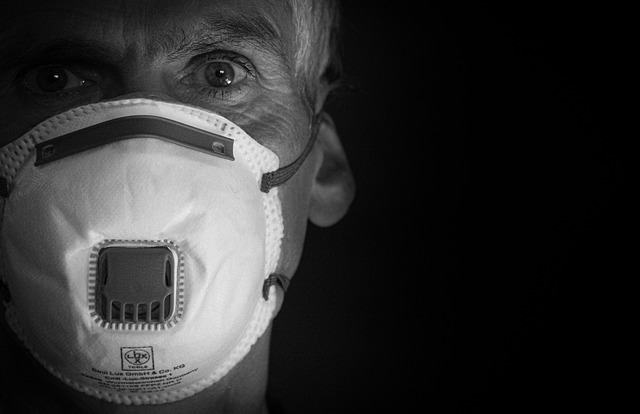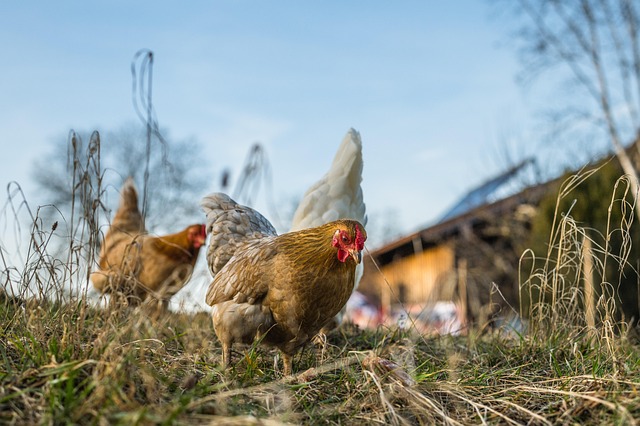
What is a Frameshift Mutation?
In the grand, chaotic world of genetics, where DNA strands twist and turn like a pretzel at a carnival, frameshift mutations are the unexpected plot twists that keep scientists on their toes. But what exactly is a frameshift mutation? Simply put, it’s when a few nucleotides decide to play a game of hide-and-seek, either inserting themselves into the genetic sequence or disappearing altogether. And because they can’t seem to stick to the rules, they mess up the entire reading frame of the gene!
How Does It Happen?
Imagine reading a book where a few words are missing or added. Suddenly, the story no longer makes sense. In the case of frameshift mutations, the “book” is the genetic code, and the “words” are the nucleotide bases. When nucleotides are inserted or deleted in numbers that aren’t multiples of three, the reading frame shifts. This means that every codon (a group of three bases) downstream of the mutation gets read incorrectly, leading to a completely different—and often dysfunctional—protein. Talk about a plot twist!
Why Are Frameshift Mutations Important?
Frameshift mutations can have serious implications for protein synthesis. Proteins are the workhorses of the cell, performing countless functions necessary for life. If a frameshift mutation occurs, the protein that gets produced might be missing crucial components or, even worse, might be completely nonfunctional. This can lead to various genetic disorders and diseases. In some cases, the new protein might even be toxic to the cell. Yikes!
Types of Frameshift Mutations
There are two main types of frameshift mutations:
- Insertion: This occurs when extra nucleotides are added into the sequence. Imagine someone adding random words to your favorite novel. Suddenly, the plot is all over the place!
- Deletion: This happens when nucleotides are removed. Think of it like someone ripping pages out of that same novel. The story becomes a jumbled mess, and you’re left wondering what happened to the main character!
Where Do Frameshift Mutations Occur?
Frameshift mutations can occur anywhere in the DNA sequence. However, the earlier the mutation occurs in the gene, the more dramatic the effects on the resulting protein. It’s like the difference between a minor typo in the first chapter of a book versus a major plot hole revealed at the end. The earlier the error, the more likely it is to ruin the whole story!
Conclusion
In the realm of genetics, frameshift mutations are the mischievous little gremlins that can turn a well-structured narrative into an incoherent mess. Understanding these mutations is crucial for researchers as they work to unravel the complexities of genetic diseases and develop potential treatments. So, the next time you hear about frameshift mutations, remember: they’re not just a scientific curiosity—they’re a reminder that sometimes, the smallest changes can have the biggest consequences!

















 The Metric System Unit for Volume
The Metric System Unit for Volume 
 Health
Health  Fitness
Fitness  Lifestyle
Lifestyle  Tech
Tech  Travel
Travel  Food
Food  Education
Education  Parenting
Parenting  Career & Work
Career & Work  Hobbies
Hobbies  Wellness
Wellness  Beauty
Beauty  Cars
Cars  Art
Art  Science
Science  Culture
Culture  Books
Books  Music
Music  Movies
Movies  Gaming
Gaming  Sports
Sports  Nature
Nature  Home & Garden
Home & Garden  Business & Finance
Business & Finance  Relationships
Relationships  Pets
Pets  Shopping
Shopping  Mindset & Inspiration
Mindset & Inspiration  Environment
Environment  Gadgets
Gadgets  Politics
Politics 